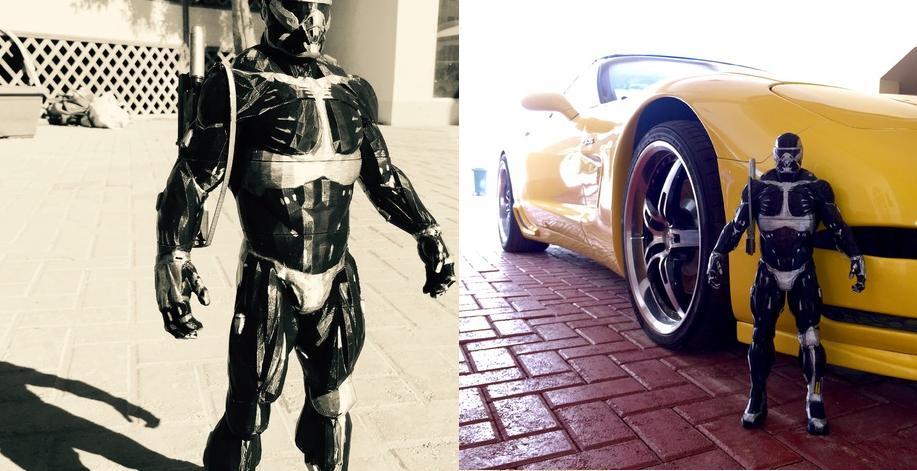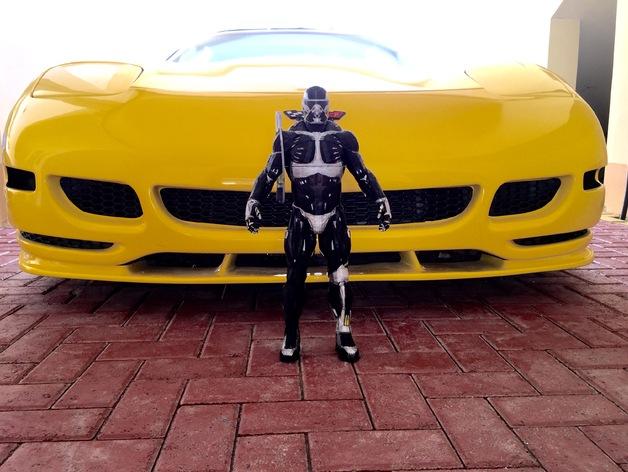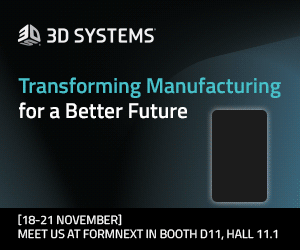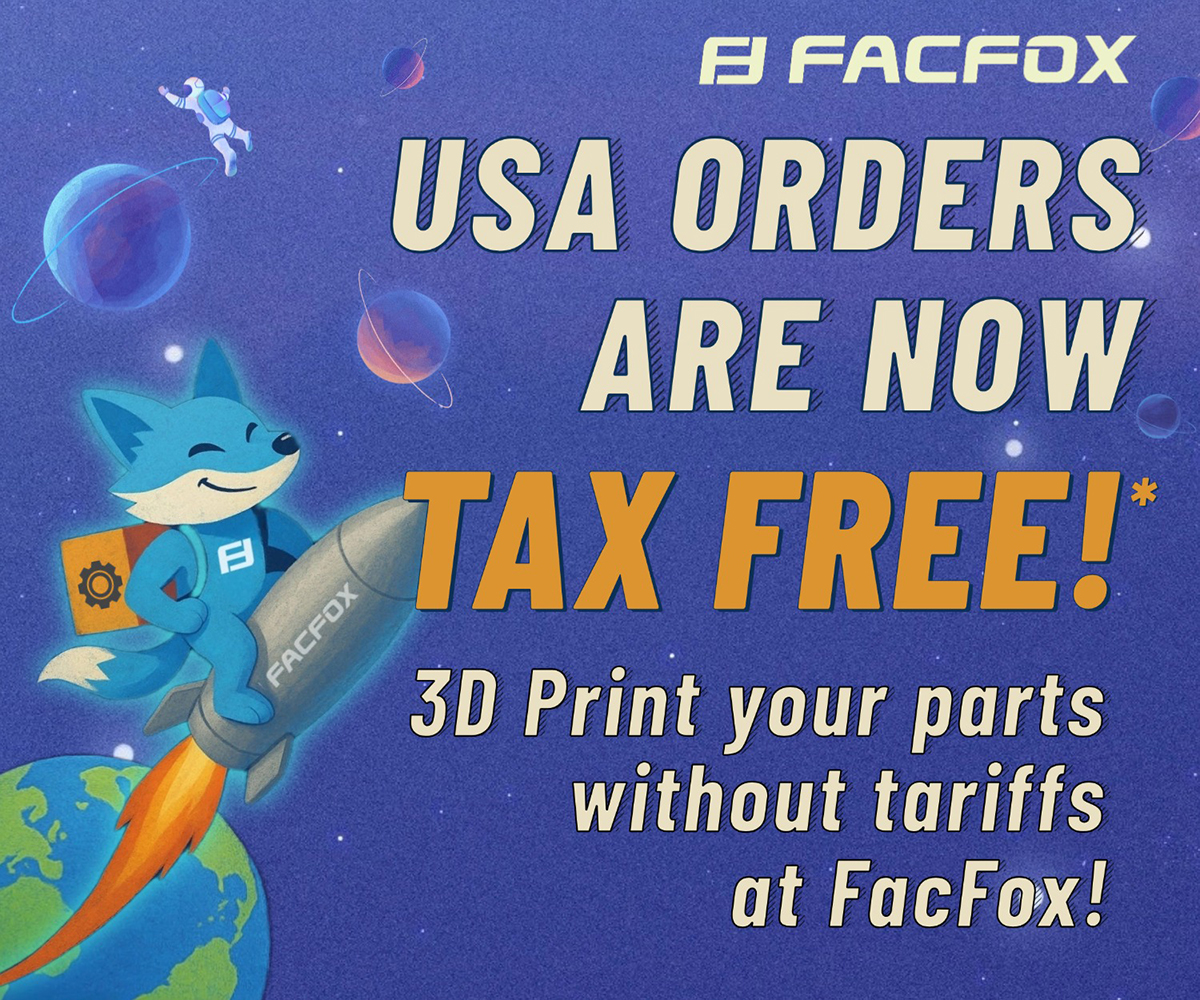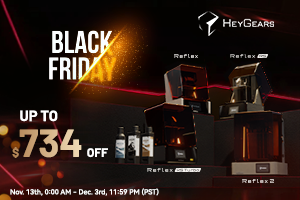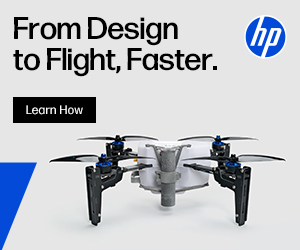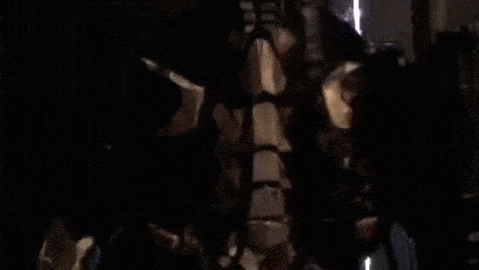 In the past several months, we have seen 3D printing lend several helpful hands in the replication of tangible video game props. Prior to this technology, fans of games and movies would only have to hope and in most cases dream of ever owning action figures, weapons, and other objects from their favorite video games. Sure, sometimes game developers and publishers release their own props, but usually this is not the case. 3D printing has lent itself to becoming the perfect method for gamers to design and print their very own creations from their favorite games.
In the past several months, we have seen 3D printing lend several helpful hands in the replication of tangible video game props. Prior to this technology, fans of games and movies would only have to hope and in most cases dream of ever owning action figures, weapons, and other objects from their favorite video games. Sure, sometimes game developers and publishers release their own props, but usually this is not the case. 3D printing has lent itself to becoming the perfect method for gamers to design and print their very own creations from their favorite games.
For one gamer, named Rashin Al-Haqbany, who is a big fan of Crytek’s Crysis video game series, 3D printing was the perfect solution in allowing him to create the game’s famed Nanosuit.
“I have always liked this character (The Prophet/Major Laurence Barnes), as he is very ‘technologically advanced’ and I really enjoy playing the game on my PS4. I have been unable to find a figurine of ‘The Prophet’, so I decided to 3D print my own,” Al-Haqbany tells 3DPrint.com
Al-Haqbany is co-founder of Quest Realty and MakerBuild Construction in Bahrain, and in his spare time he loves to play around with 3D printing different designs on his MakerBot Replicator 2 3D printer. To begin the design and printing of the Nanosuit, he took the model from the original game, which was ripped and made publicly available for downloading. The model that he downloaded was pretty small, so he needed to enlarge to his desired size.
“I used a couple of software programs to do this, like MakerBot software and Netfabb.com which is a German software product,” Al-Haqbany tells us. “This helped me repair the STL files and slice the model into 7 interlocking pieces, which made the total finished size around 50cm. I used Autodesk Mesh software to add the necessary supports for the edges of each extended part. Then, I converted the new files back to STL for printing and used the MakerBot software to enlarge each piece 350%.”
 In all there are 7 pieces, which each took him around 20 minutes to prepare. Then it was off to 3D printing all of these pieces, a process which took an average of about 6-10 hours per piece. Once they were all done printing, Al-Haqbany painted the black filament, which he purchased from China, with an ordinary silver paint marker. The individual pieces were then glued together with superglue. As you can see in the photos provided, the Nanosuit came out quite authentic looking.
In all there are 7 pieces, which each took him around 20 minutes to prepare. Then it was off to 3D printing all of these pieces, a process which took an average of about 6-10 hours per piece. Once they were all done printing, Al-Haqbany painted the black filament, which he purchased from China, with an ordinary silver paint marker. The individual pieces were then glued together with superglue. As you can see in the photos provided, the Nanosuit came out quite authentic looking.
“After using my 3D printer for quite some time now, I have discovered that it is not necessary to buy coloured filament, or use a colour 3D printer,” says Al-Haqbany. “The basic colours, like black and clear are sufficient. You can use spray paint or markers to add colour to your finished project.”
Al-Haqbany swears by using Chinese filament, and actually believes that it works better on his MakerBot 3D printer than even MakerBot’s own filament. He thinks that this is because the aftermarket filament is softer, more malleable, and has a lower melting point, making it easier to work with and less likely to clog his extruder. It’s also half the price.
Overall, Al-Haqbany was very happy with the way his Crysis Nanosuit came out, and he will certainly be working on some other interesting projects in the near future. In the mean time, he has made his design available for free download on Thingiverse.
What do you think of this design? Discuss in the 3D Printed Crysis Nanosuit forum thread on 3DPB.com. Check out the video of the 3D printed Nanosuit below.
Subscribe to Our Email Newsletter
Stay up-to-date on all the latest news from the 3D printing industry and receive information and offers from third party vendors.
Print Services
Upload your 3D Models and get them printed quickly and efficiently.
You May Also Like
3D Systems New Product Releases at Formnext 2025: SLA Printer, Materials, & More
3D Systems (NYSE: DDD) reported that its Q3 numbers showed signs of stabilization, even with lower revenues, and CEO Jeffrey Graves told investors that a “strong pipeline of new products positions us...
Formnext 2025: Day Four: Beauty the World (Through Missile Defense)
Day four, without the Americans and executives, is a joy. It feels a bit like the last days of summer, languid, time passing in globs of molasses. In looking back,...
Formnext 2025: Day Three: We Are the Champignons
Closing out the Champ bar and sitting in the lobby of the Marriott is perhaps not the most healthy of pastimes. Consuming a tower of mini burgers pinned to chicken...
Sintokogio Buys Bosch’s Ceramics Unit, Plans Global AM Expansion
Japan’s Sintokogio Group is buying Bosch Advanced Ceramics to expand its work in 3D printed technical ceramics. The agreement was signed on November 18 and formally announced at the Formnext...


